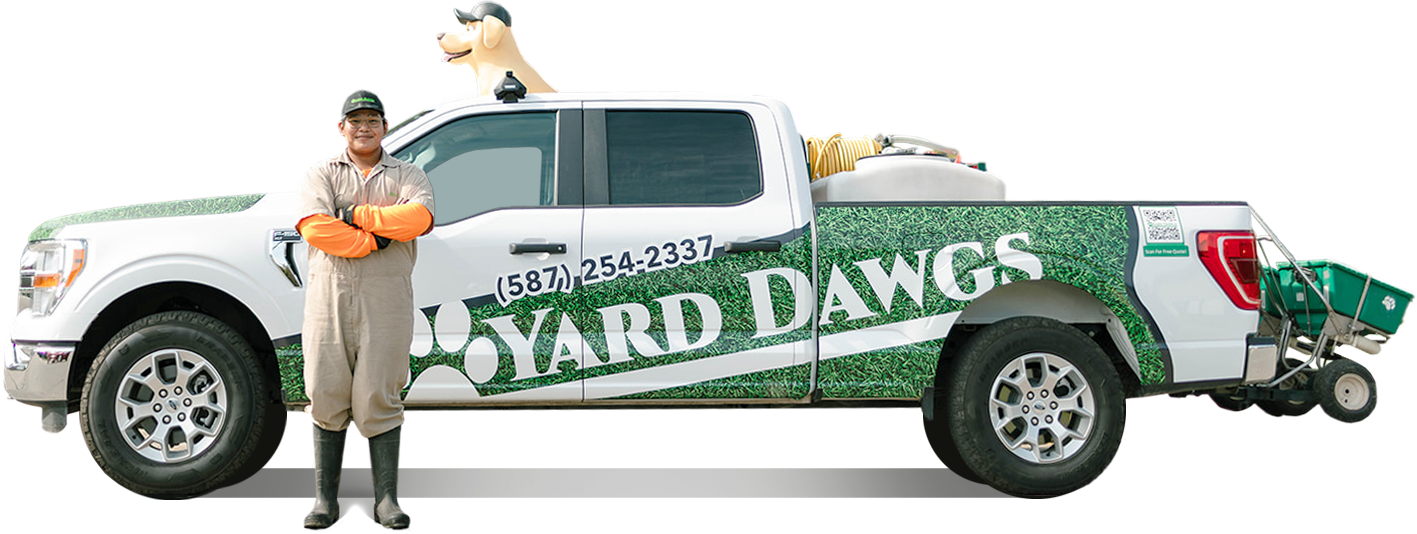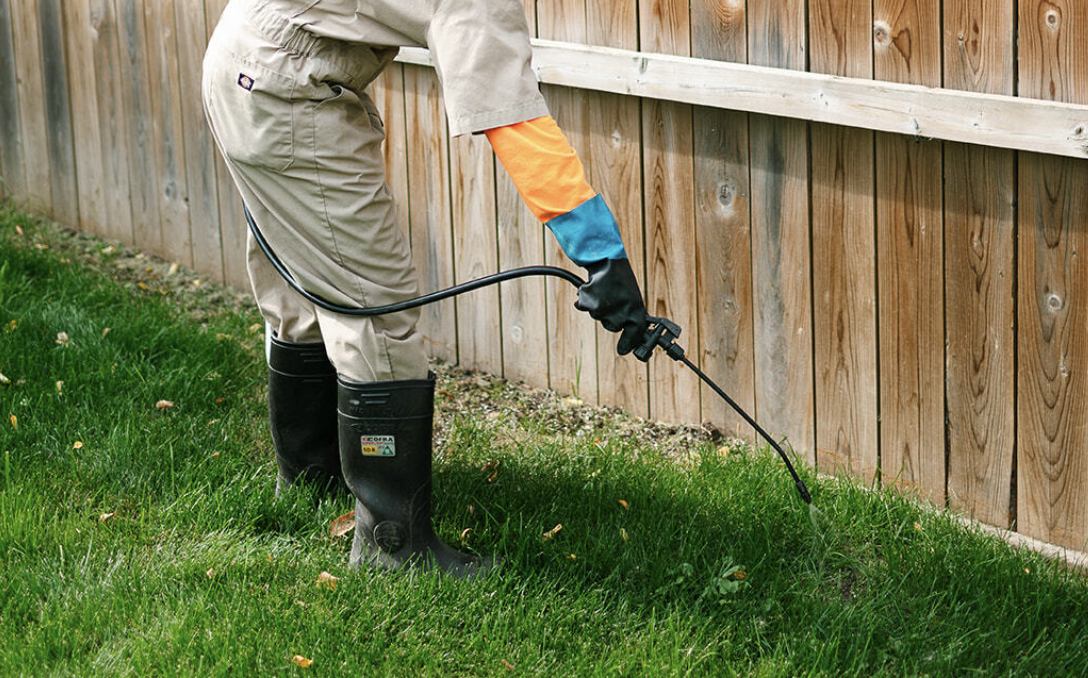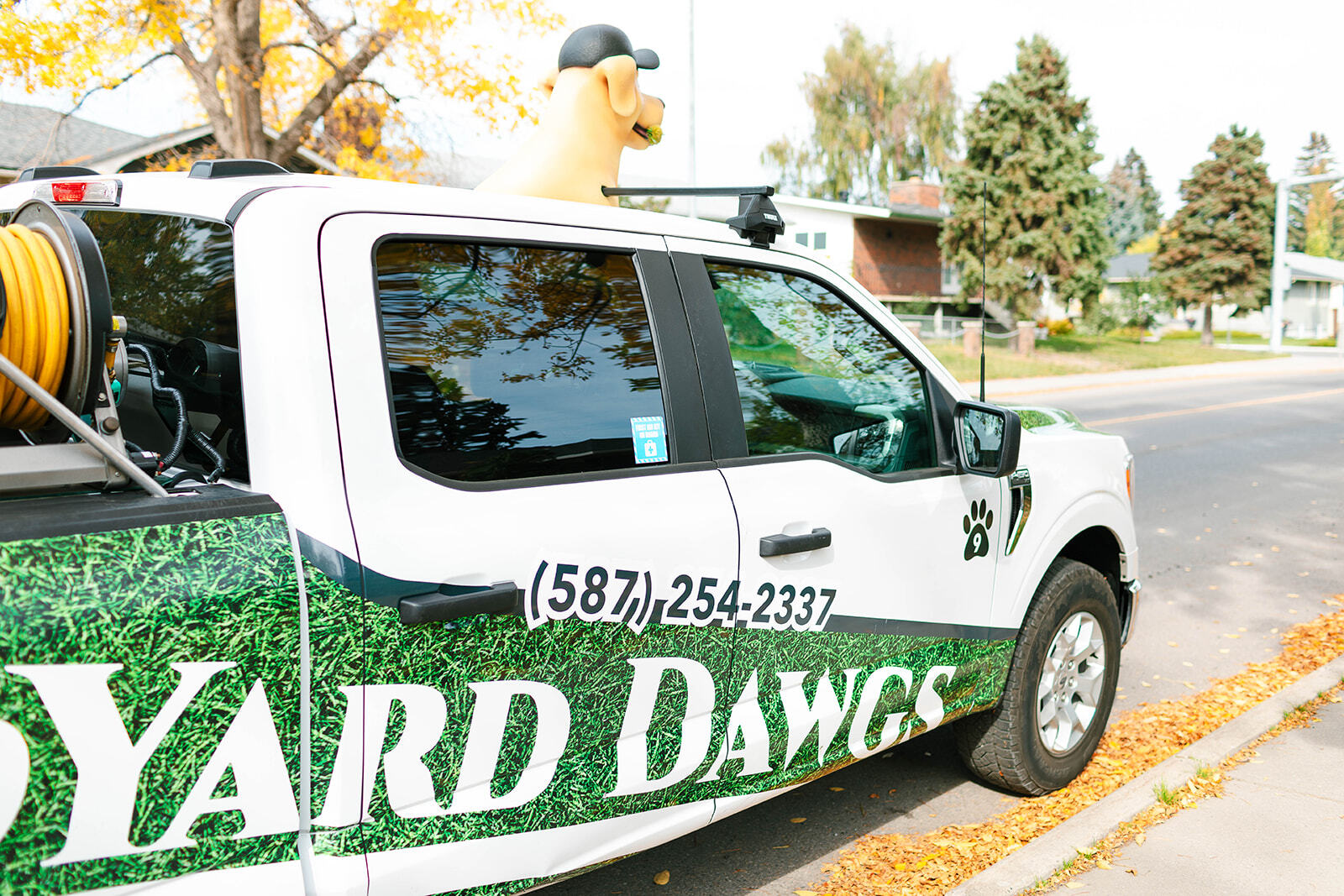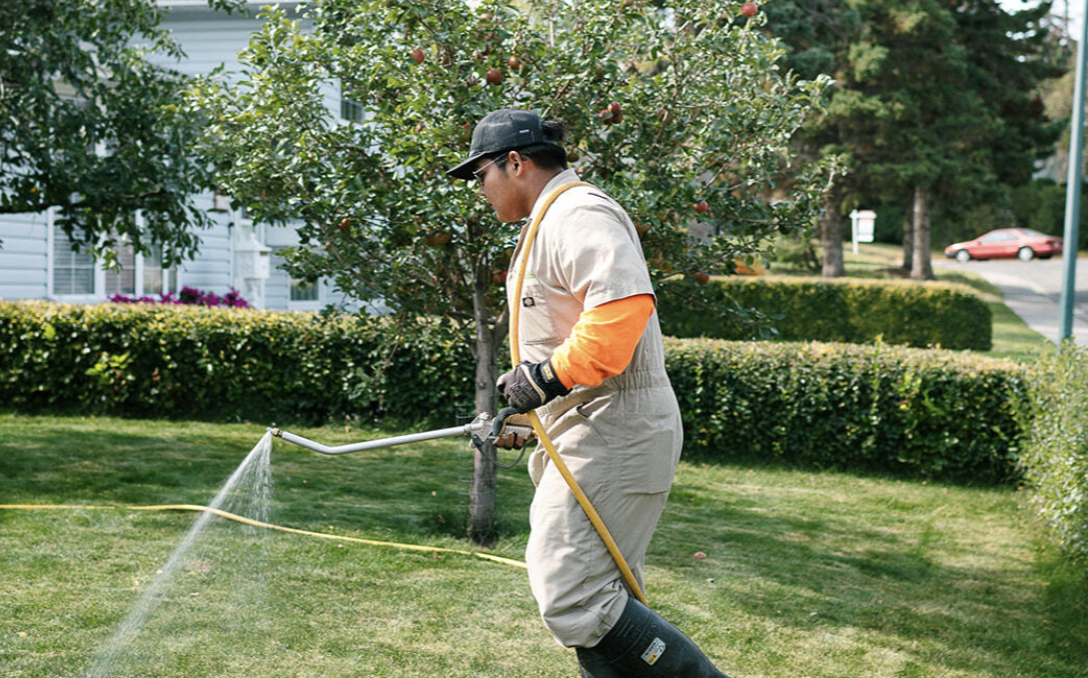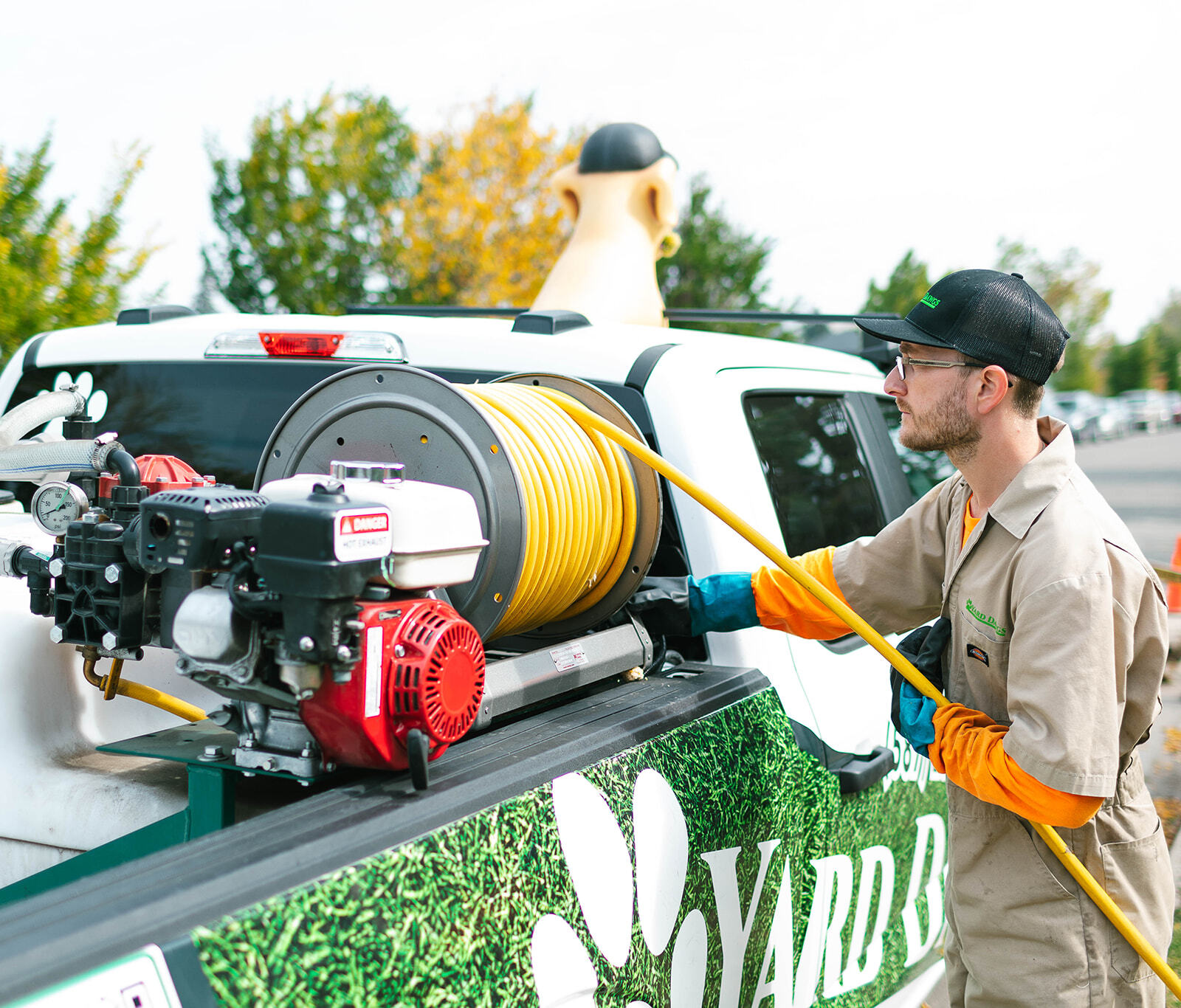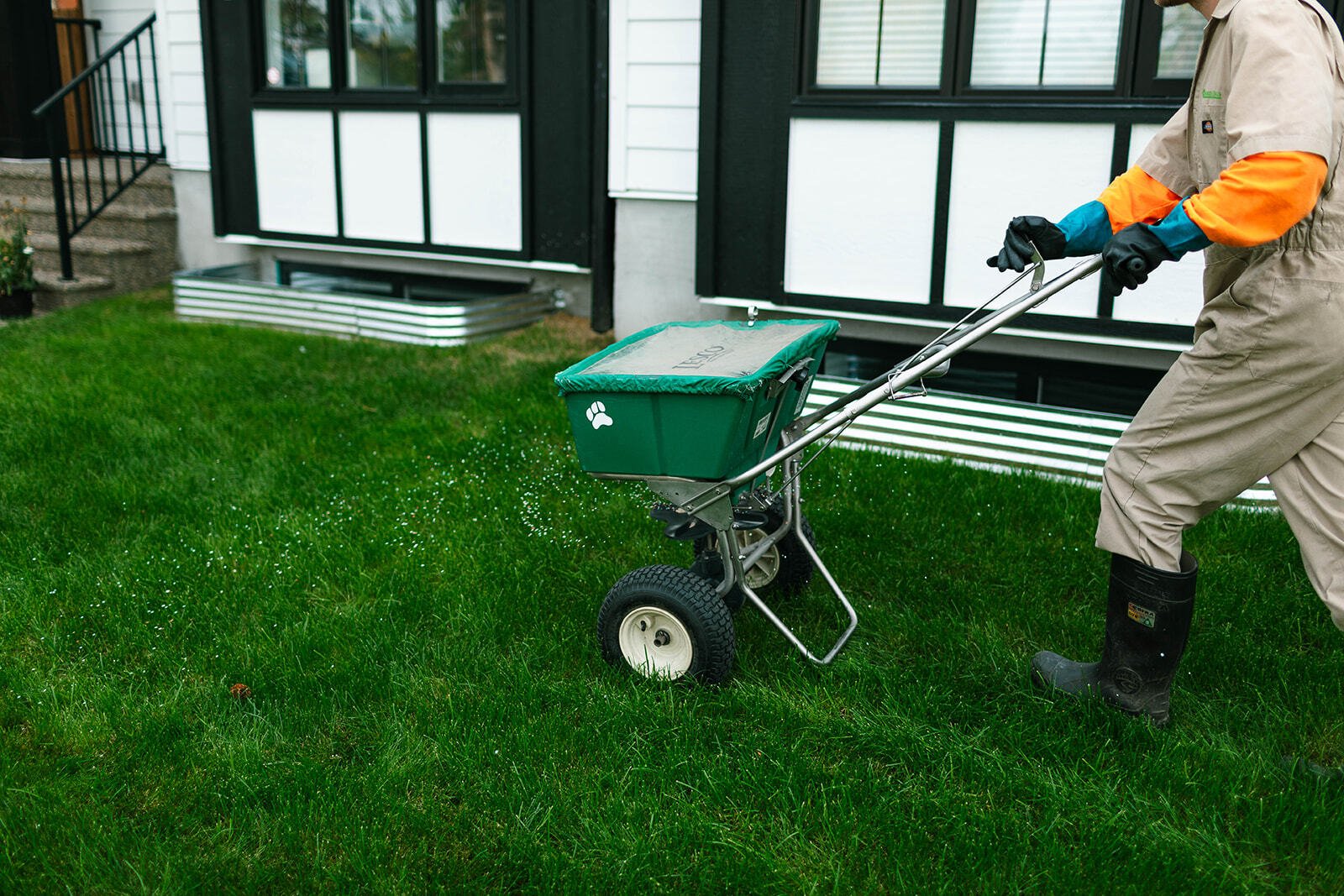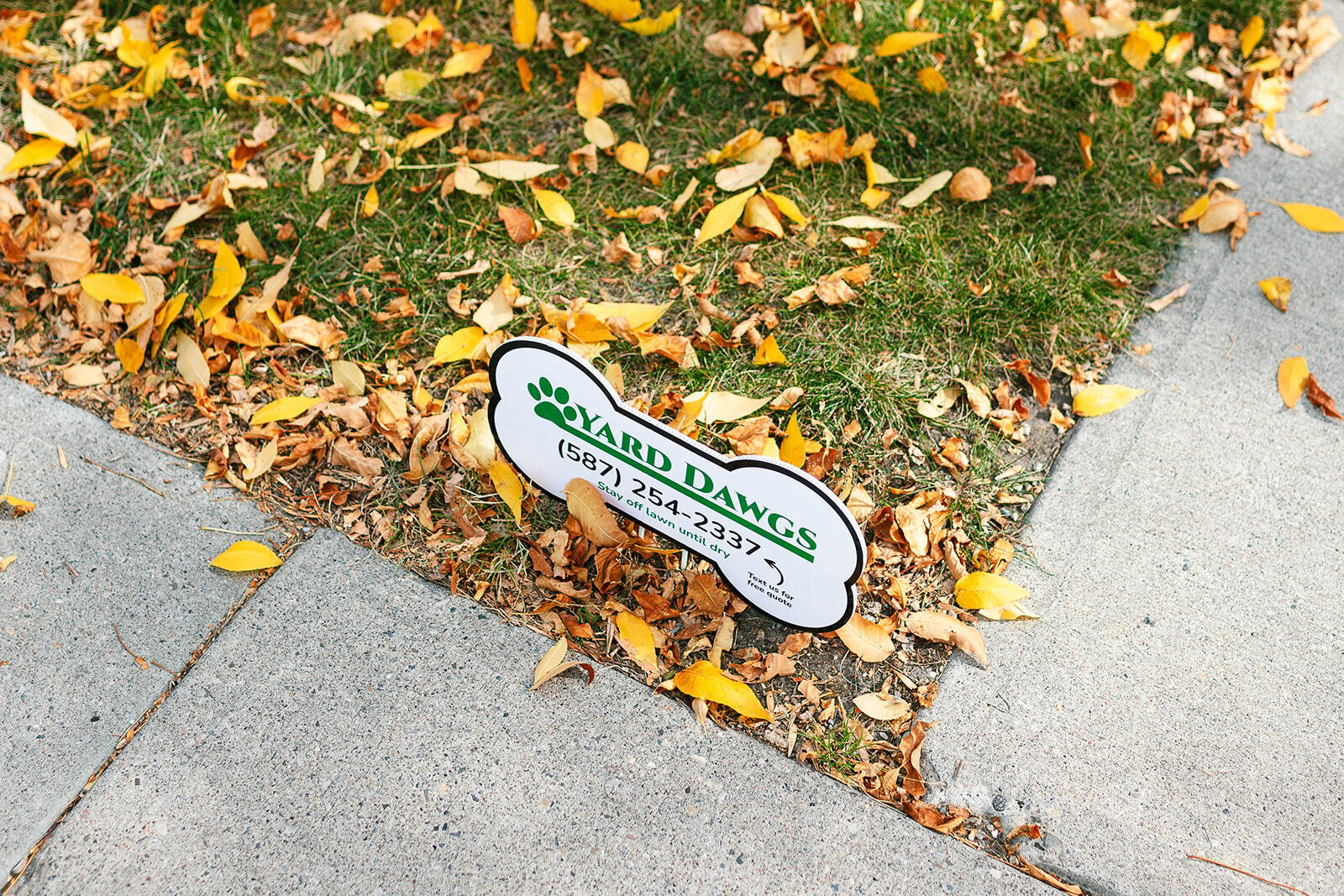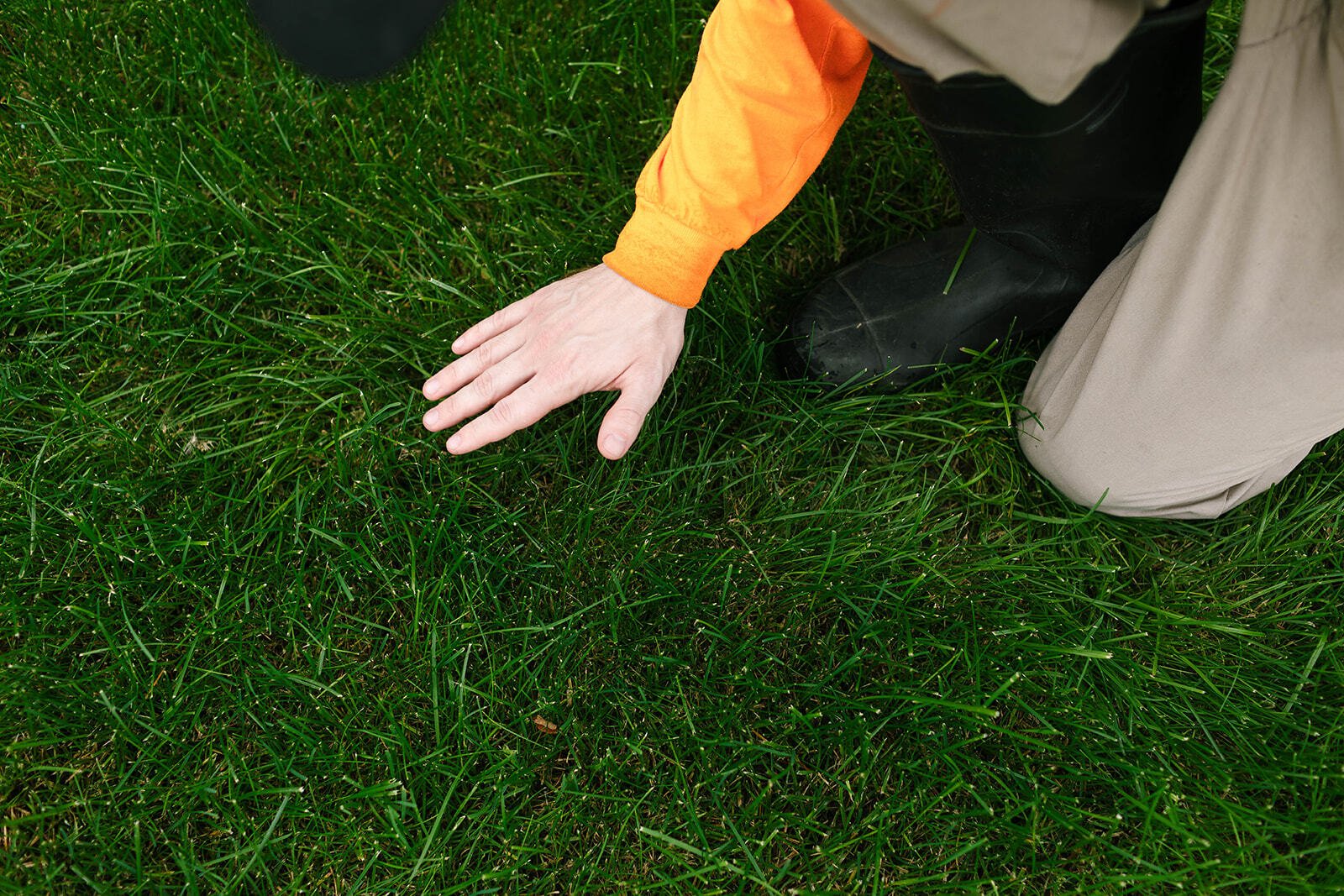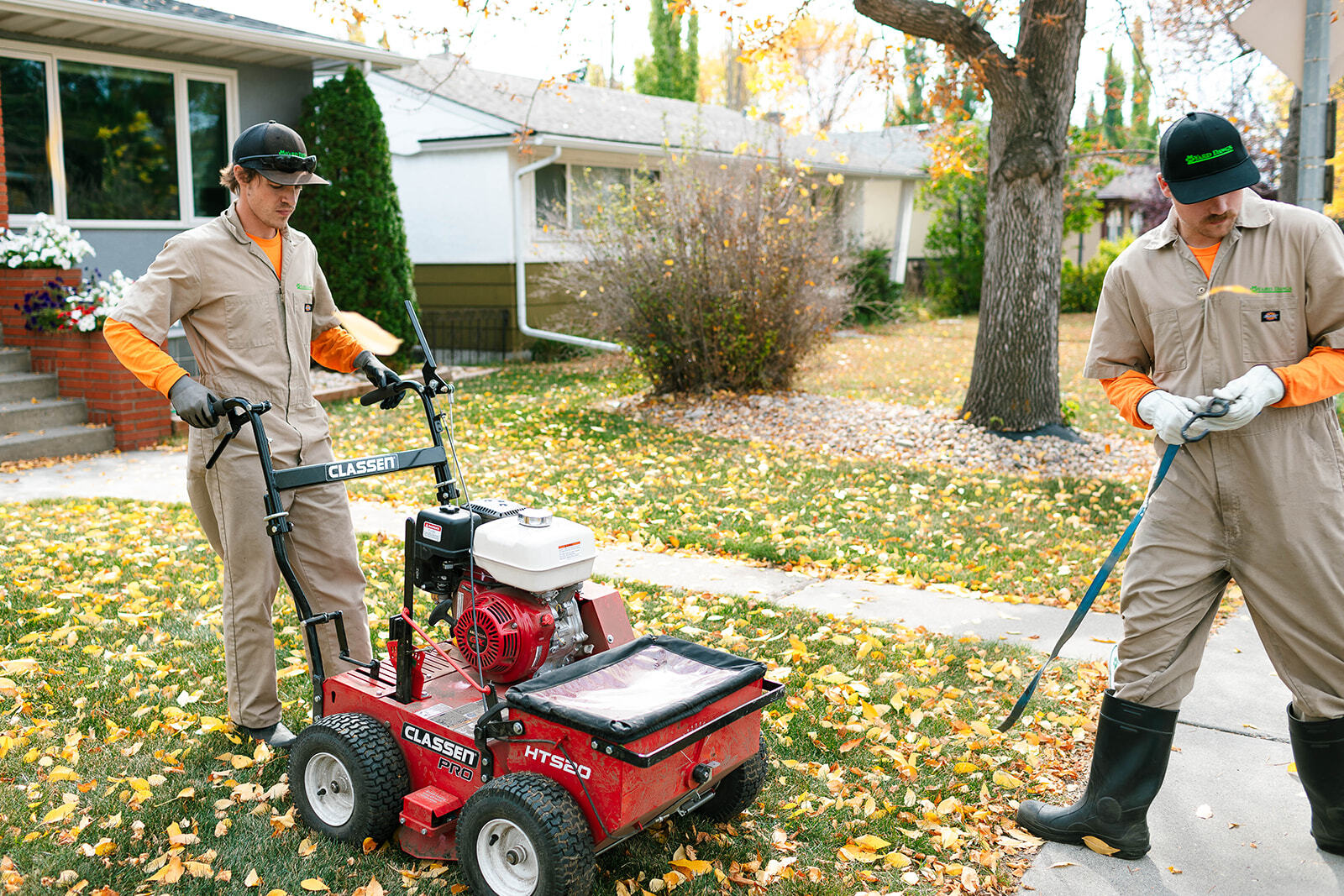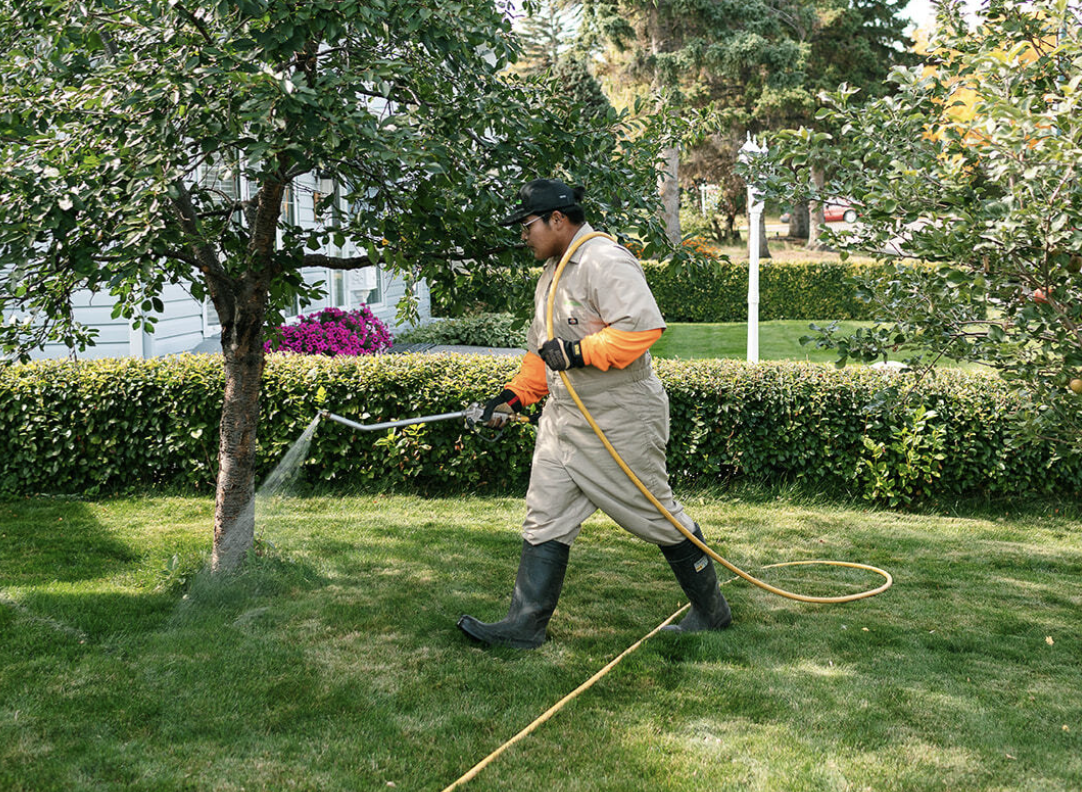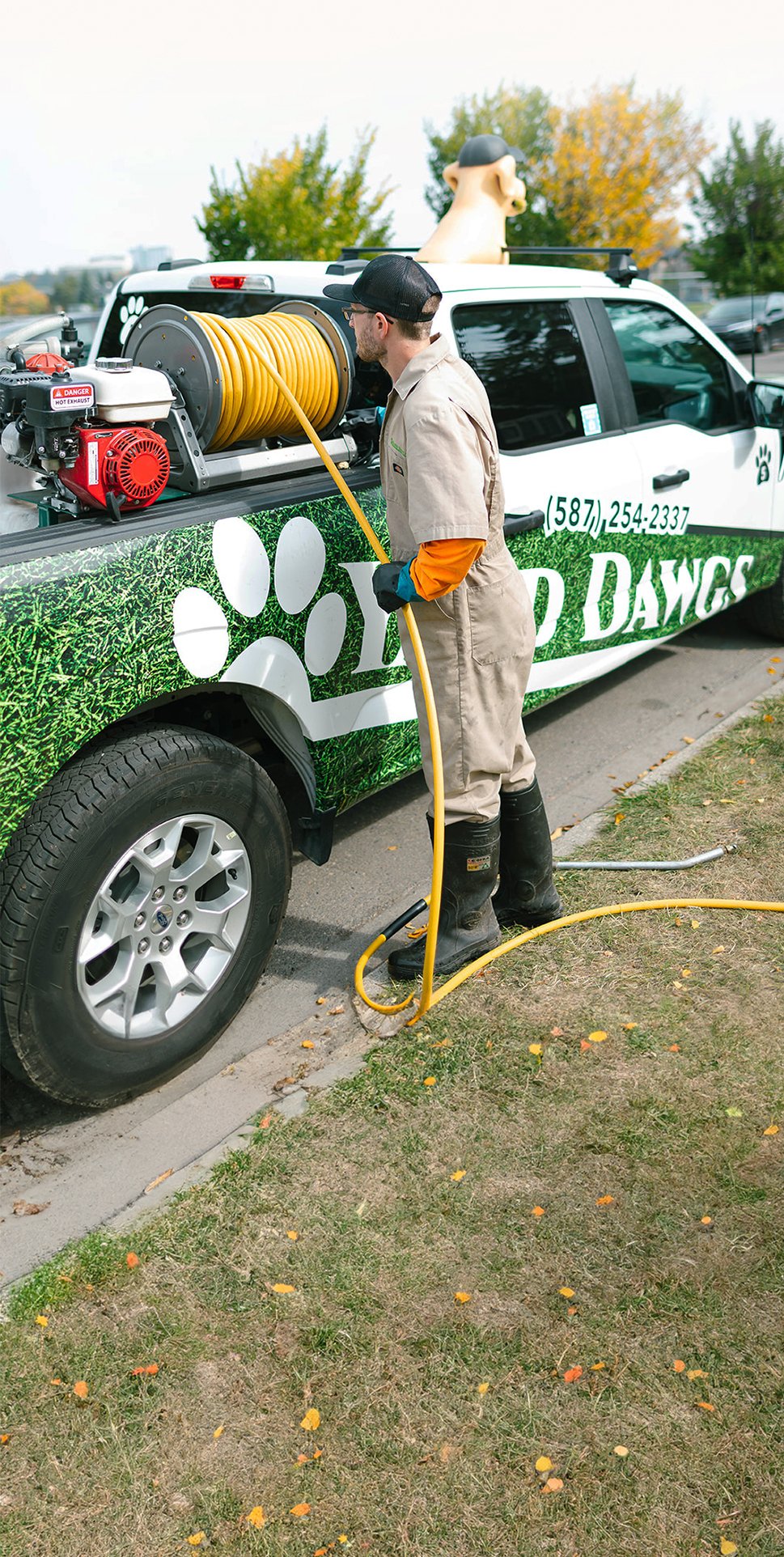Maintaining a lush, healthy lawn often means dealing with thatch buildup. But when it comes to removing it, homeowners are often unsure whether to choose a power rake or a dethatcher. These tools may sound similar, but they work differently and suit different lawn conditions. Choosing the right method can significantly affect your lawn’s health and appearance.
This guide will help you understand the differences between power raking and dethatching, when to use each, and how to decide which one your lawn really needs.

Understanding Thatch and Why It Matters
Before diving into the tools, it is important to understand what thatch is and why it needs to be managed.
What Is Thatch?
Thatch is the layer of dead grass, roots, stems, and other organic material that accumulates between the soil and the green grass blades. A small amount of thatch can be beneficial, helping to retain moisture and protect the lawn. However, when it becomes too thick, it can:
- Block water, air, and nutrients from reaching the soil
- Encourage pest infestations and lawn disease
- Lead to uneven growth and patchy grass
Thatch thicker than about half an inch is generally considered problematic and should be removed.
What Is a Dethatcher?
A dethatcher, also called a lawn scarifier, is a machine or tool designed to remove mild thatch buildup.
How a Dethatcher Works
Dethatchers use spring-loaded tines or blades that gently comb through the lawn, pulling up the surface layer of thatch without disturbing the soil too much. They can be manual, electric, or tow-behind models for lawn tractors.
Best Time to Dethatch
The ideal time to dethatch is during your lawn’s active growing season. For cool-season grasses, this is usually early spring or early fall. For warm-season grasses, late spring to early summer works best.
When to Use a Dethatcher
A dethatcher is most suitable for:
- Lawns with light to moderate thatch buildup
- Regular lawn maintenance as part of a seasonal care plan
- Homeowners who want to avoid aggressive lawn disruption
What Is a Power Rake?
Power raking is a more aggressive method of removing thick thatch layers. It is typically done with a heavy-duty machine equipped with rotating blades or flails that cut deep into the lawn.
How a Power Rake Works
A power rake digs deeper than a dethatcher and physically removes large amounts of thatch by tearing it out of the lawn. It often reaches the soil surface and may even pull up some grass in the process.
Best Time to Power Rake
Since power raking is invasive, it is best done during peak growth periods. This gives your lawn the best chance to recover. For most grass types, this is mid to late spring.
When to Use a Power Rake
Choose a power rake if your lawn shows signs of:
- Severe thatch buildup more than one inch thick
- Water runoff or compacted appearance
- A history of neglect or heavy use, such as sports fields or high-traffic areas
Key Differences Between Power Raking and Dethatching
Understanding how these tools differ helps you make the right decision based on your lawn’s specific needs.
Intensity and Depth
- Power raking is more intense and reaches deeper, pulling up thicker thatch and even some grass.
- Dethatching is gentler and targets only the upper layer of thatch without much soil disturbance.
Impact on Lawn
- Power raking can damage grass if done improperly or at the wrong time, requiring a longer recovery period.
- Dethatching allows for quicker lawn recovery and is safer for ongoing maintenance.
Equipment Size and Cost
- Power raking often requires professional equipment or the rental of a commercial-grade machine.
- Dethatching tools are more accessible for homeowners and can be used more frequently.
How to Know What Your Lawn Needs

Not every lawn needs the same treatment. Here is how to assess what is best for your yard.
Check the Thatch Thickness
Use a small shovel to dig a wedge out of your lawn and measure the thatch layer. If it is less than half an inch, you may not need to take any action. Between half an inch and one inch calls for dethatching. Anything thicker than that points to power raking.
Consider the Lawn’s Condition
A thin, delicate lawn that has recently been reseeded or fertilized should not be power raked. In contrast, a dense, overgrown lawn with water issues may need the deeper cleaning that power raking provides.
Look at the Time of Year
Avoid power raking altogether if your lawn is not in its active growth phase. Dethatching, being less invasive, offers a bit more flexibility with timing.
Post-Treatment Lawn Care Tips
Whether you dethatch or power rake, your lawn will need some aftercare to bounce back stronger.
- Water is used thoroughly to help the roots recover and the grass regenerates.
- Fertilize lightly after treatment to replenish nutrients lost during the process.
- Reseed if necessary in areas that were heavily thinned out.
Be patient. Your lawn might look rough immediately after treatment, but it will grow back healthier with proper care.
Hire Professional Lawn Care Experts for the Best Results
If you are unsure whether to power rake or dethatch your lawn, or if you do not have the equipment and time to do it right, we can help. At Yard Dawgs Lawn Care, we offer expert lawn assessments and provide tailored services to meet your yard's specific needs.
Our experienced team knows when and how to apply each method to ensure your lawn gets the care it deserves without unnecessary damage or stress. Let us take the guesswork out of lawn care and help your yard thrive year-round.


